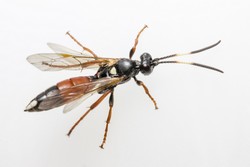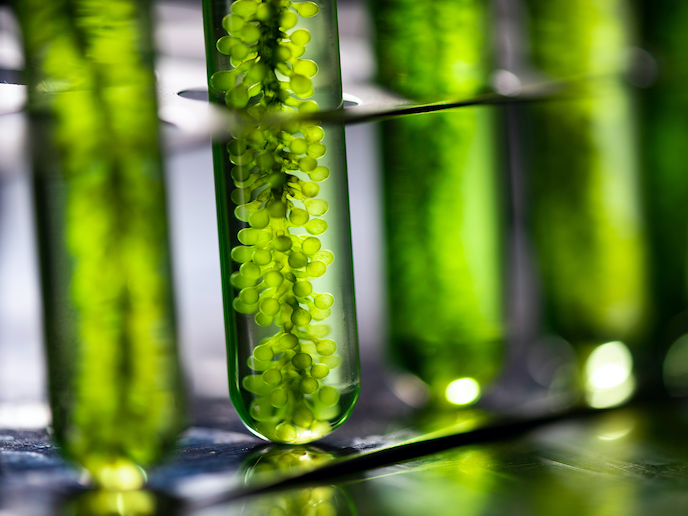Why parasitic insects are unique
All organisms store energy in the form of lipids. Because they are essential, most organisms make their own lipids in a process called lipogenesis. Many parasitic insects, however, are not able to make lipids and instead derive them from their host. The EU-funded ECOLOGY&LIPOGENESIS (Ecological conditions underlying the lack of lipid synthesis in parasitic insects) project used two parasitic wasp species to unravel the reasons behind their inability to make lipids. Wasps that lay their eggs inside caterpillars are well-known examples of insect parasitism. When the eggs hatch, the larvae feed inside the host until they become adults, killing the caterpillar in the process. Researchers wanted to determine whether the wasp's parasitic lifestyle renders it unable to make lipids, or whether ecological factors like nutrient availability play a role. They first looked at offspring born to old mothers that provided their eggs with low levels of proteins, sugars and lipids. Despite managing to overcome shortages in lipids and sugars by feeding on the host as larvae, adult offspring emerged with low protein and glycogen levels. As these adult wasps will probably also provide reduced nutrients to their offspring, this highlights how an individual's life history can affect future generations. Since parasitic wasps can derive lipids from their host, they possibly lost their lipogenesis capability because this energetically costly process was no longer necessary. Supporting this, researchers confirmed that larvae feeding on caterpillars derived all their lipids from their host. The fact that most parasitic wasps do not make lipids does not mean, however, that all species have lost the ability. To see whether lipogenesis depends on environmental factors, researchers analysed different populations of one parasitic wasp species collected from 12 geographical locations in 4 countries. They found that the ability to make lipids differed between populations, indicating that lipogenesis depends on the environment rather than being a species-specific trait. How quickly populations can switch strategies under different environmental conditions, however, is not clear.







